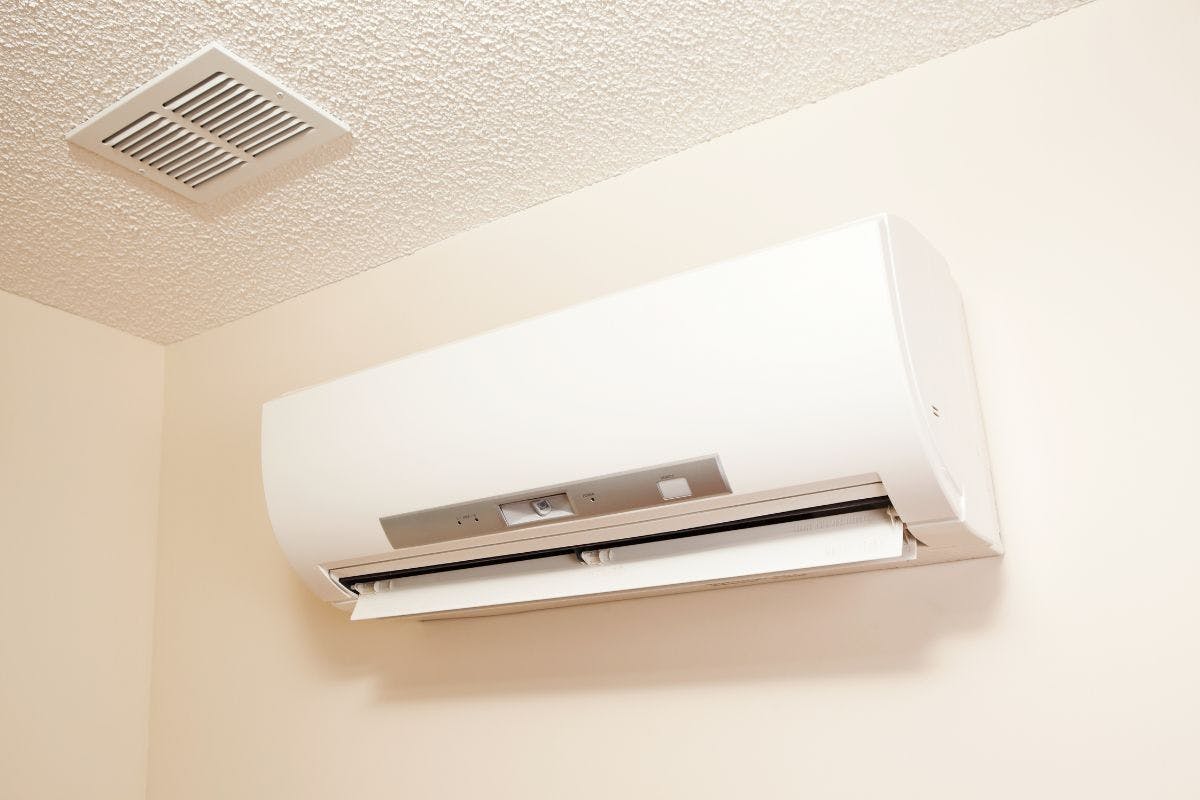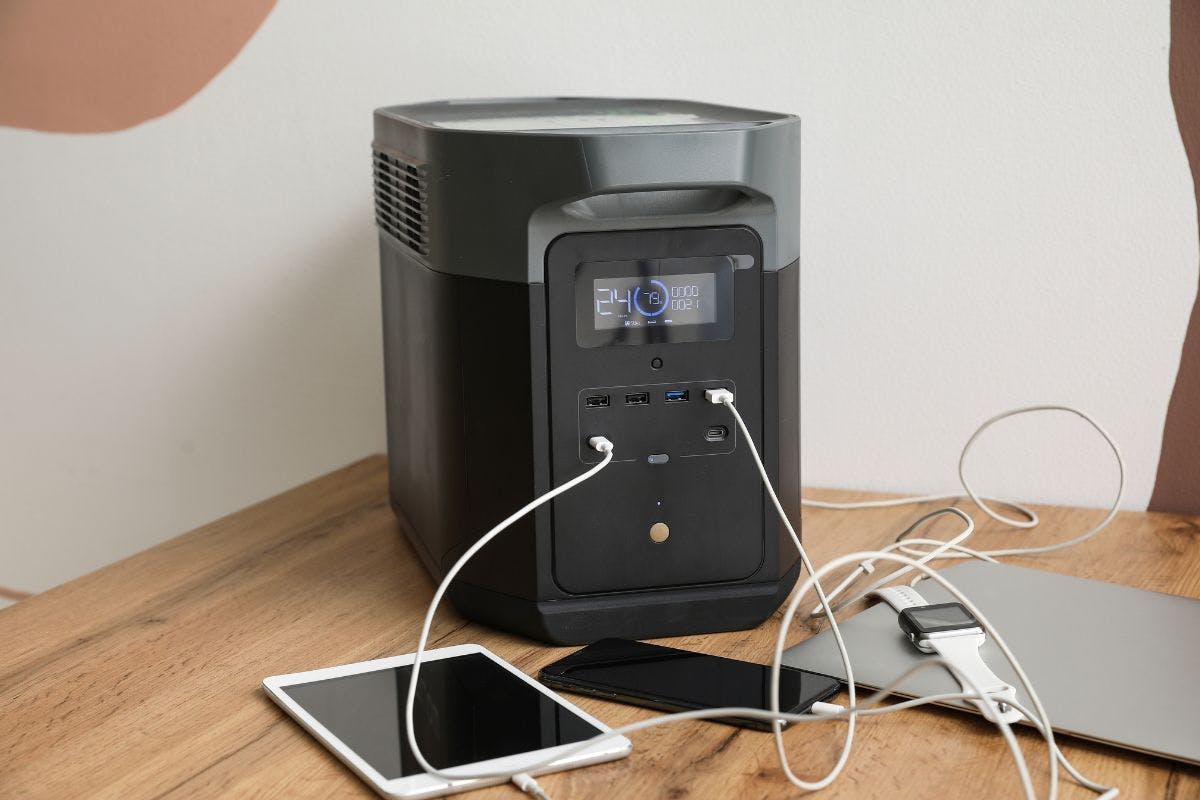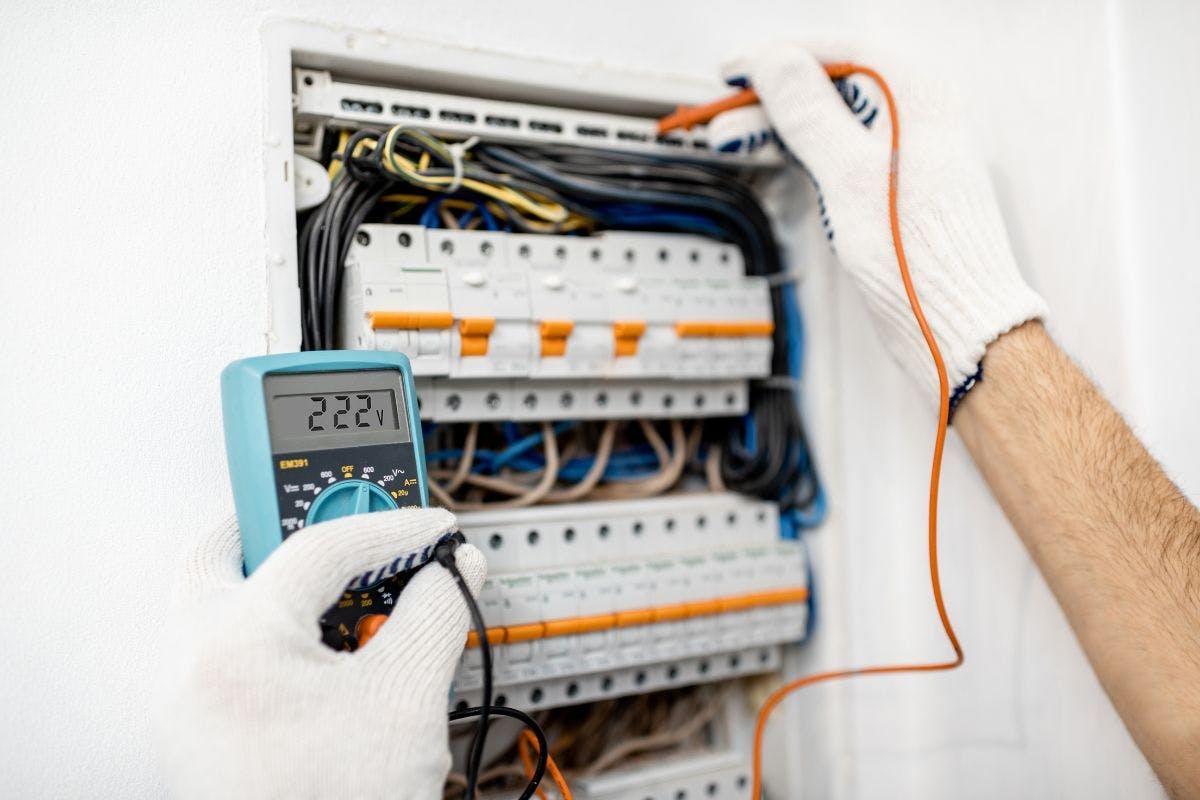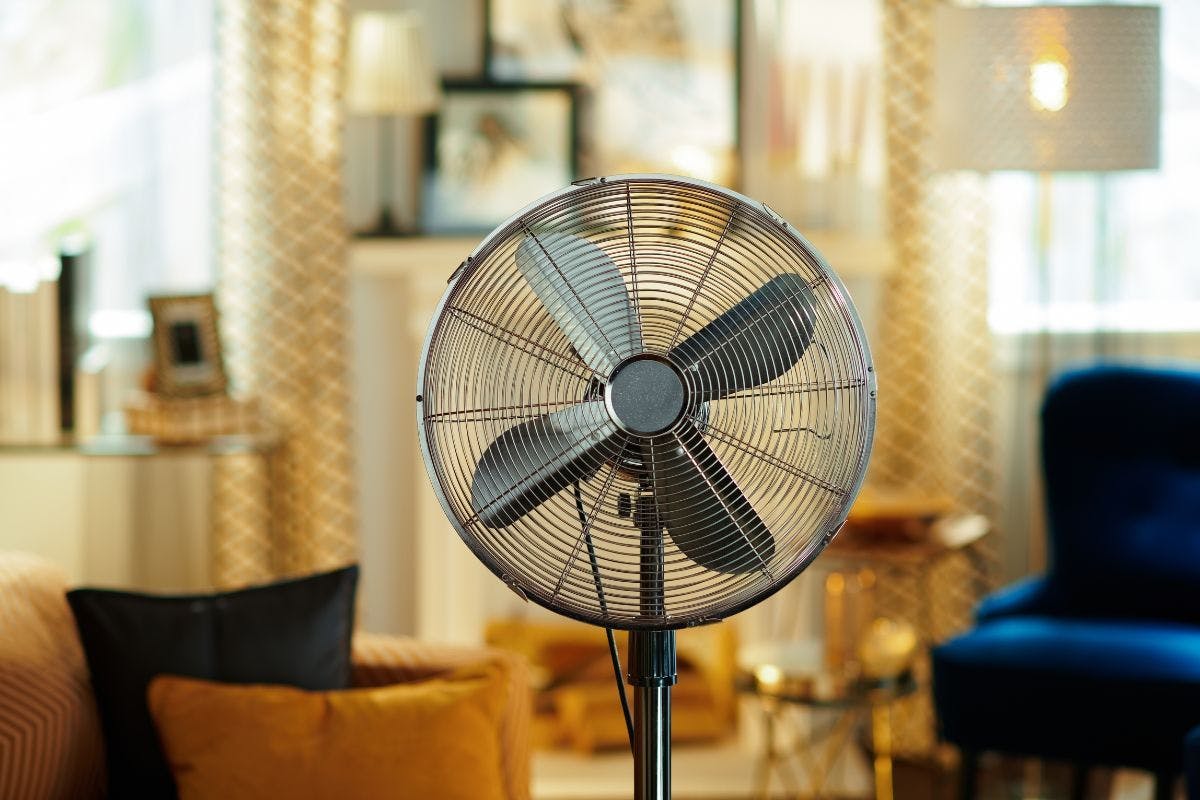What Is Heat Pump Zoning? Why You Shouldn’t Heat Your Whole Home All the Time
Actualizado

Autor
Andrew Giermak
Solar and Electrification Writer and Editor

Editor
Andrew Blok
Electrification and Solar Writer and Editor

You may have a good, reliable HVAC system. Even an efficient heat pump, AC, or furnace wastes energy and money if it heats or cools a space when it doesn’t need to. A zoned system, particularly with an energy-efficient heat pump, offers a solution.
A mini-split or ductless heat pump is one way to have zoned heating and cooling, giving you easy room-by-room control and using energy only when and where you need it.
See how much you can save with home energy changes
What Is HVAC Zone Control?
A zoned HVAC system provides precise climate control by allowing you to set different heating and cooling schedules for different parts, or zones, of your house. If you have rarely used rooms or floors, you can heat or cool them differently than your living room, kitchen, office, and bedroom, where you spend most of your time. If some rooms receive more sun, feel draftier, or are more humid, you can adjust their airflow without wasting money on your entire home.
What Is an HVAC Zoning System?
Mini-split or ductless HVAC systems are the most common zoned systems. A mini-split heat pump typically features multiple indoor units throughout a building or home, and you can control each unit independently. With a smart thermostat, you can schedule ideal temperature settings or allow AI functions to manage the units for optimal energy efficiency and comfort.
You can convert a ducted HVAC system into a zoned system in a couple of ways. First, you can install dampers in the ductwork to stop or restrict airflow by zone. Modern variable-speed heat pumps are well-suited for zoning, as they can match their output to the demand of the open zones, improving energy efficiency.
Second, you can install smart vents and then either control them manually or allow their smart or AI functions to automate the desired conditions for specific rooms at specific times.
Zoning With Mini-Split Heat Pumps
Mini-split or ductless heat pumps have multiple indoor units that can provide differing temperatures, humidity levels, or air filtration levels to individual spaces or rooms.
A zoned heat pump system can save money and energy as you can have the heat pump and units on only where and when needed.
If you’re installing a heat pump system in a home with no ductwork or in a new construction, a ductless system means less construction work and avoids the cost of ductwork.
Possible drawbacks with a mini-split heat pump system include the upfront cost of the heat pump. The space requirements and aesthetics of indoor units can be a drawback for some. Some homes with large, open spaces might not work well or efficiently with a zoned system.
See how much you can save with home energy changes
Pros and Cons of Zoned HVAC
A new HVAC system is a big decision and it’s meant to last for years. Looking at the likely pros and cons can help you find the right combination of comfort, cost, energy use, and specific needs such as your home’s indoor air quality.
Pros of zoned heating and cooling
- Comfort: Zoned control of your heating and cooling eliminates hot or cold areas or rooms in your home in the most cost- and energy-efficient way.
- Reduced energy consumption: By not using heating and cooling where you don’t need it, your energy usage will decline.
- Less wear on the HVAC system: By running your system less, and less often at full power, your heat pump will need less maintenance and should have a longer, more effective lifespan.
- Technology: Smart thermostats, smart controls, and scheduling all increase the comfort and energy efficiency of a zoned system.
- Indoor air quality: Zoned mini-split units give you more control over combating allergens, dust, outdoor contaminants, and high or low humidity. With each air unit, you are effectively putting more air filters throughout your home.
Cons of zoned heating and cooling
- Initial cost: A mini-split heat pump and zoned system, depending on the number of indoor units, can be more expensive.
- Ease of use: Technology is meant to be easier and better for a user, but that’s not always the case. See if using the thermostats, app, and other tech features (if applicable) will make sense to you.
- Not a good fit for all layouts: For some smaller homes, single-level homes, or homes with open floor plans, a zoned system might be inefficient or impractical.
The Best HVAC Solution for Your Home
Heat pumps, ducted or ductless, are the most efficient HVAC system available and can reduce bills for the vast majority of homes.
For every unit of energy it consumes, a heat pump can move three units of heat into or out of your home. Ground-sourced, or geothermal heat pumps, can move five or more. The most efficient furnaces and electric resistance heaters can generate close to one unit of heat for every unit of electricity it consumes, but never more than one.
Heat pumps also lead to cost and energy savings by being a two-in-one heating and cooling system, reducing from two to one the number of machines you’ll need to maintain and eventually replace. An electric heat pump can be part of a total home electrification plan for your home.
You can see further savings by pairing a heat pump with home solar panels.
If you’d like to learn more and see savings estimates, you can check out Palmetto’s heat pump advisor tool or our solar savings calculator.
See what home electrification can do for you:
Frequently Asked Questions
What is a multi-zone heat pump?
A multi-zone heat pump is an HVAC system designed to provide separately controllable heating and cooling to multiple areas or zones within a home or building using a single outdoor unit.
Can multi-zone heat pumps save you money?
Multi-zone heat pumps and zoned air units can save most owners money, especially if looking at long-term energy savings and savings on factors like system maintenance and system life expectancy.
Do heat pumps work in the cold?
Yes. Cold climate heat pumps can provide heat even down to frigid temperatures.


